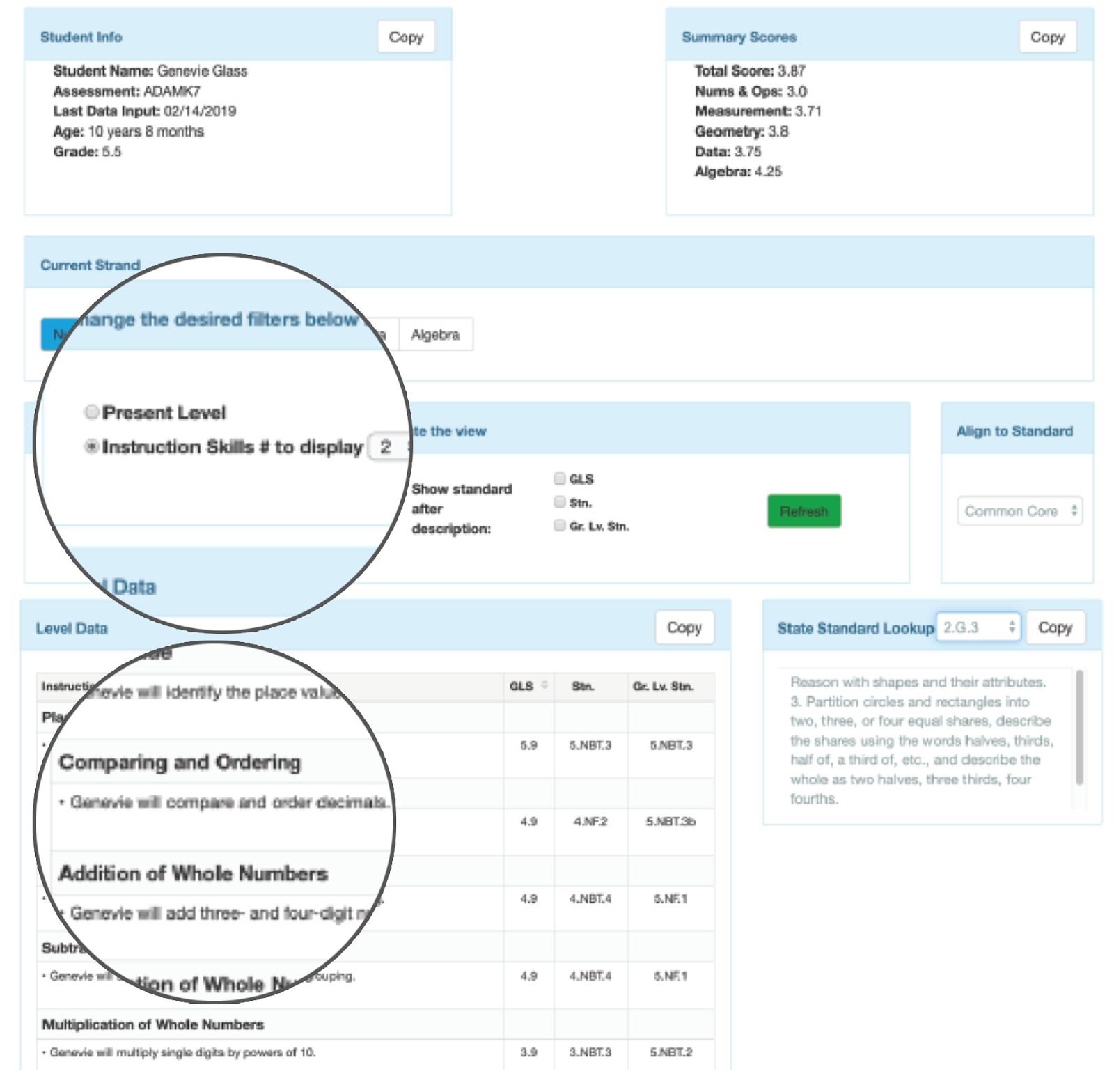The COVID-19 pandemic has impacted nearly every facet of the educational enterprise. Arguably, the most negatively affected are those who are most vulnerable: special education students. It has been widely reported that the shuttering of many schools in the spring and fall of 2020 has likely harmed students’ academic performance significantly. In special education, many – if not the majority – are already one or more grade levels behind their peers. For many of these students, the potential fallout from the COVID-19 school closures will be catastrophic.
Now, in the early months of 2021, the pandemic is still running rampant and schools are delivering instruction in many different modes (virtual, in-person part-time, in-person full-time, hybrid, etc.). Although there are many things we can’t predict, we can safely draw the following conclusions:
- A large number of students with IEPs did not have their services and accommodations/modifications implemented as written in 2020.
- Many students are experiencing learning loss due to school closures.
Explore more topics in special education
As special educators, we often find ourselves being reactive rather than proactive, whether that means reacting to a new set of behaviors manifesting in a classroom, separating students in a fight, or responding to parental complaints. Typically, the nature of the parental rights and due process provisions puts us squarely in a defensive and reactive mode. Fortunately, we now have an opportunity to be proactive.
Since we know kids with IEPs are experiencing learning loss and missed services, we can take steps to put in place both compensatory education services and extended school year services (ESY) for the summer.
Since we know kids with IEPs are experiencing learning loss and missed services, we can take steps to put in place both compensatory education services and extended school year services (ESY) for the summer. We often wait for parents to ask for this help; however, there is nothing in the federal regulations that stipulates that it can’t be offered by the school district. Why wait for a complaint? Let’s get out in front of this learning loss and address the issue head on.
The challenge, you might note, isn’t a lack of interest or will to do what is needed. Rather, school districts are often challenged by a scarcity of resources. With the technology we have available today, this no longer needs to be a limiting factor. School districts can provide both compensatory education and ESY by deploying next-generation personalized learning platforms like Let’s Go Learn. Let’s Go Learn offers products that not only create high-quality IEP documents but also provide specially designed instruction (SDI). Through innovative technology that links students’ diagnostic traits and deficits to computer-generated instruction, students with IEPs receive a year’s worth of instruction that is uniquely designed and individualized to their personal needs. For more details and for support in implementing Let’s Go Learn’s tools, click on the links below:

The IEP tool shown above can standardize teachers’ abilities to identify students’ present levels and set quarterly or annual goals for math or reading.
ESY and Summer School: https://www.letsgolearn.com/summer-school/
Compensatory Education and Intervention: https://www.letsgolearn.com/challenges/intervention/
For more information, please fill out the form and a Let’s Go Learn education consultant will contact you:


Leave A Comment